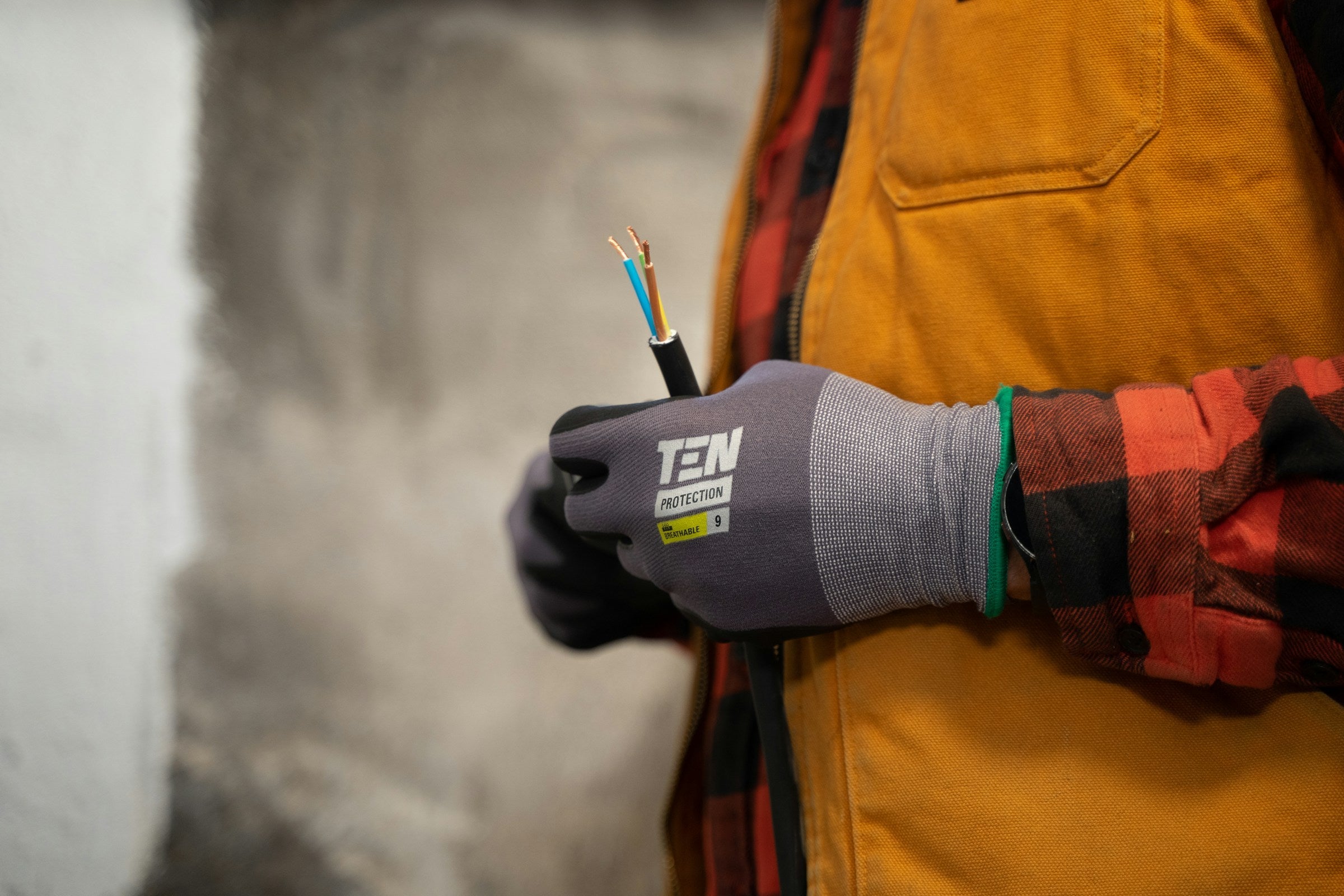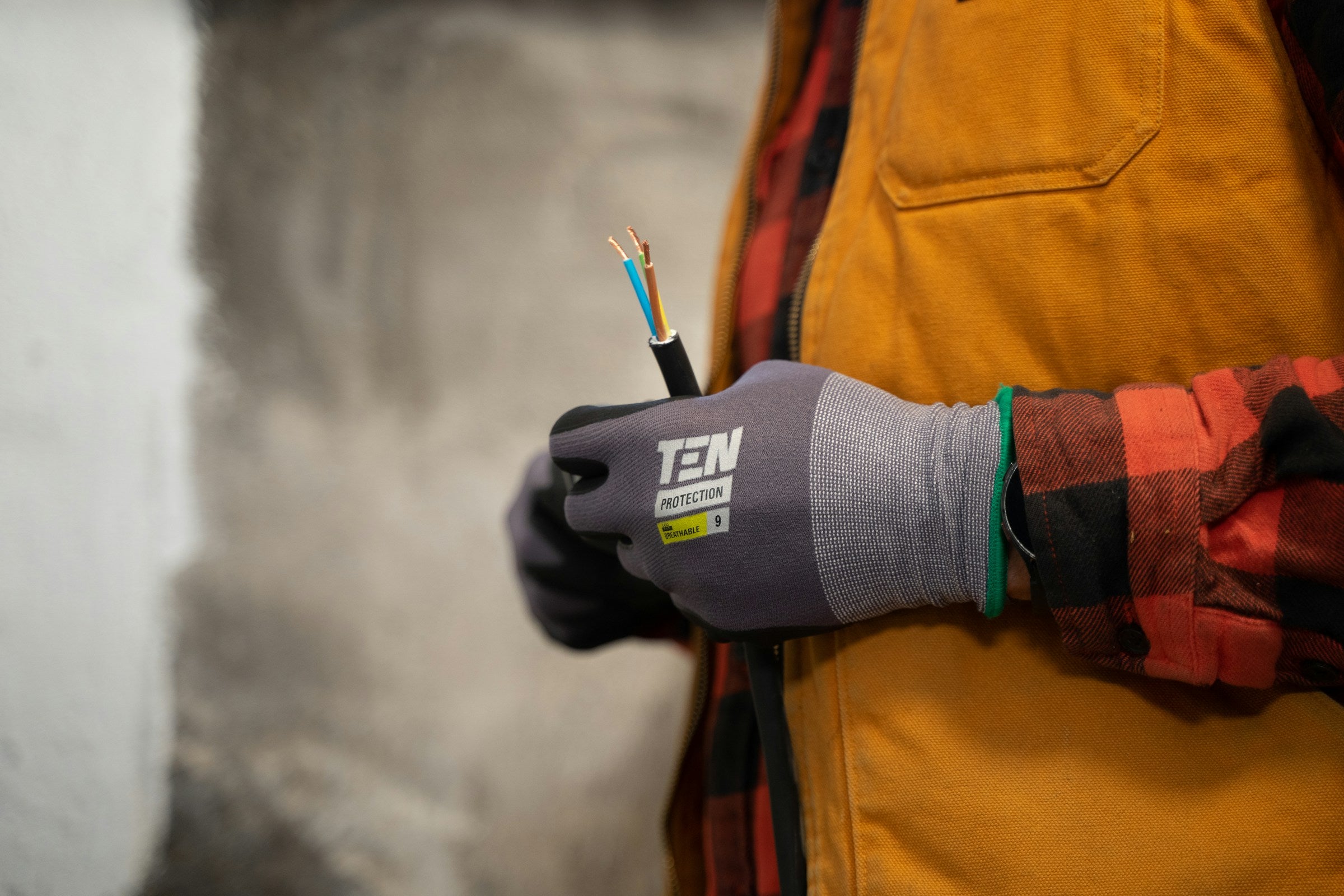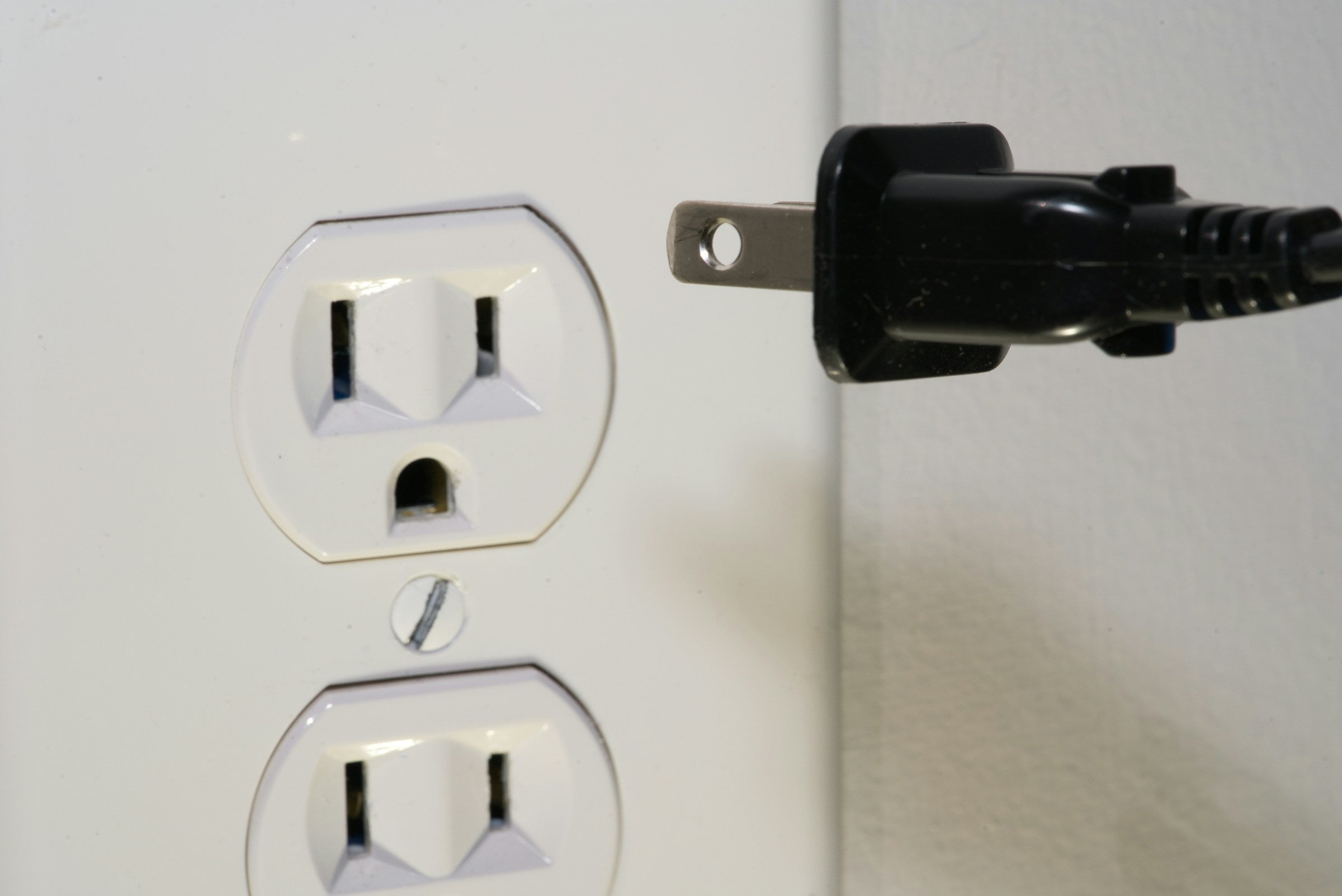
- by TORCHSTAR CORP
Pre-Move-In Electrical Guide
- by TORCHSTAR CORP
Essential Electrical Checks for a Safe and Reliable Home
The Most Common Issues in Older Plumbing Systems
Electrical problems follow predictable patterns as a home ages. Typical concerns include:


What Should Do Before Moving In
A few simple checks can reveal most early electrical concerns. Before moving furniture in:
What an Electrician Should Professionally Inspect
Electrical systems require expert evaluation to uncover hidden problems safely. A certified electrician should:

Ensure Electrical Safety Before You Plug In
Fill out the form below and our team will get back to you within 24 hours.
Thank you for reaching out. We have received your message and will be in touch shortly.
Share:
Pre-Move-In Whole-Home Essentials
Pre-Move-In Plumbing Guide